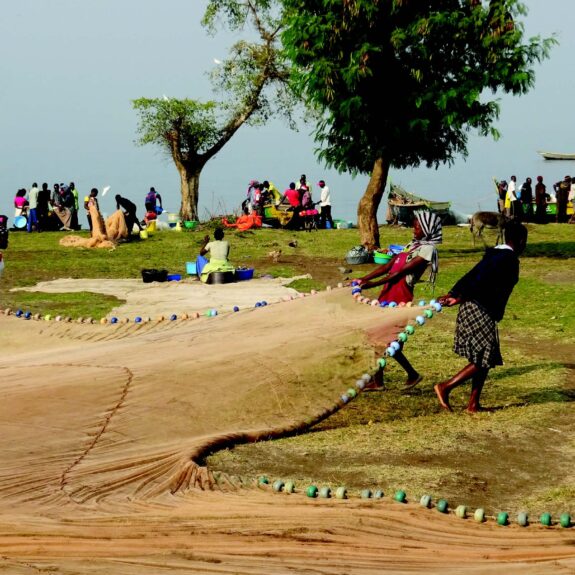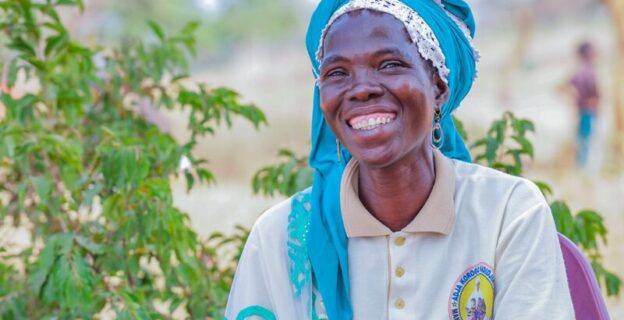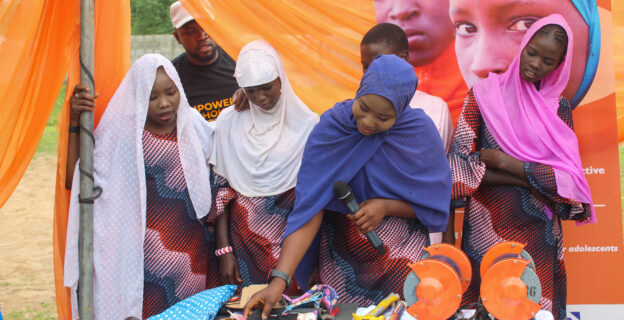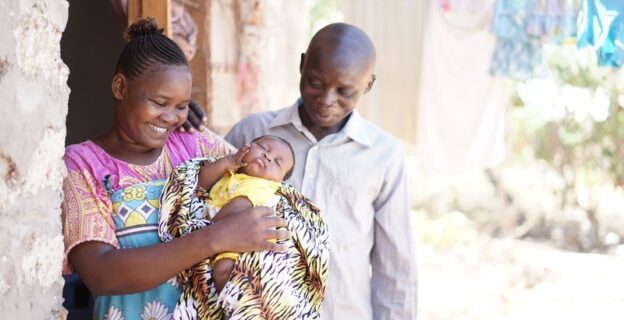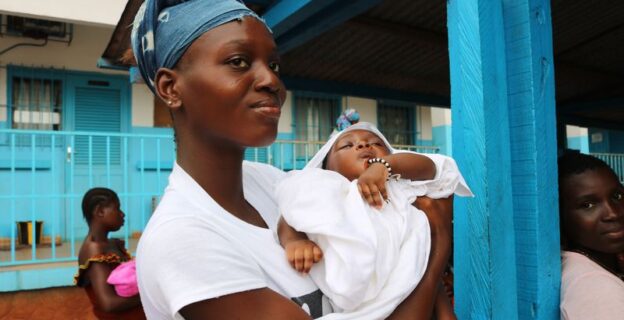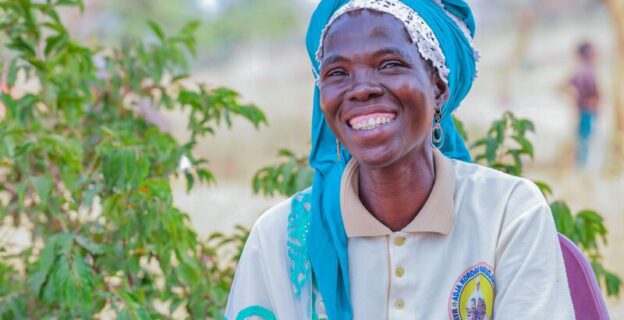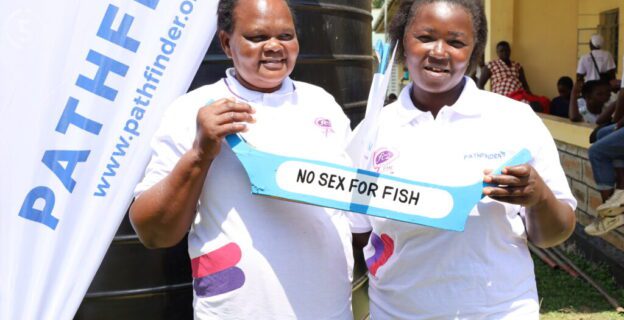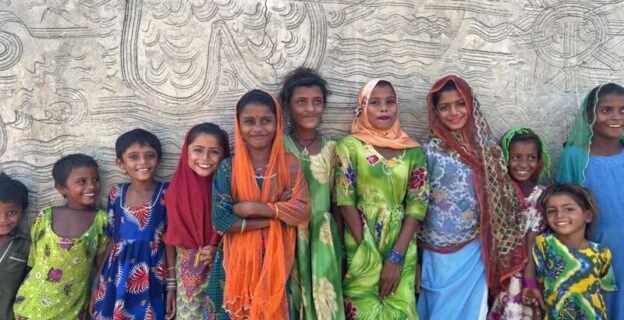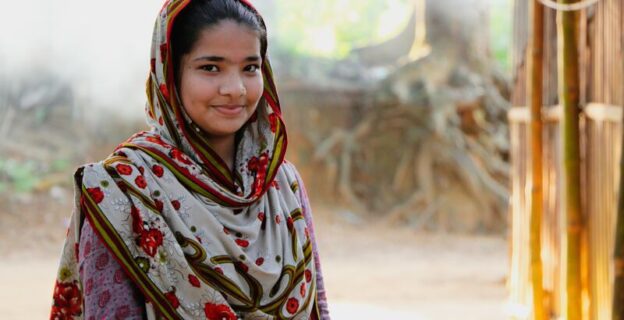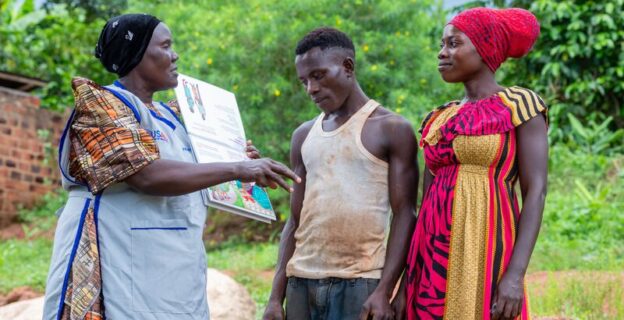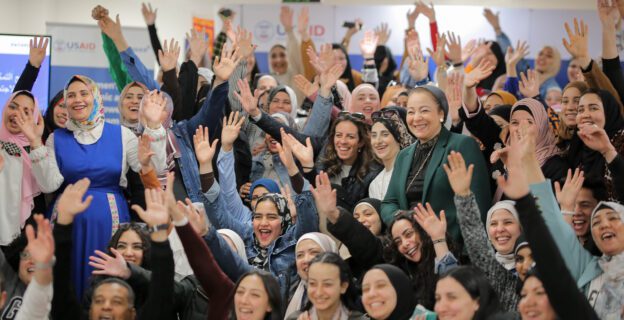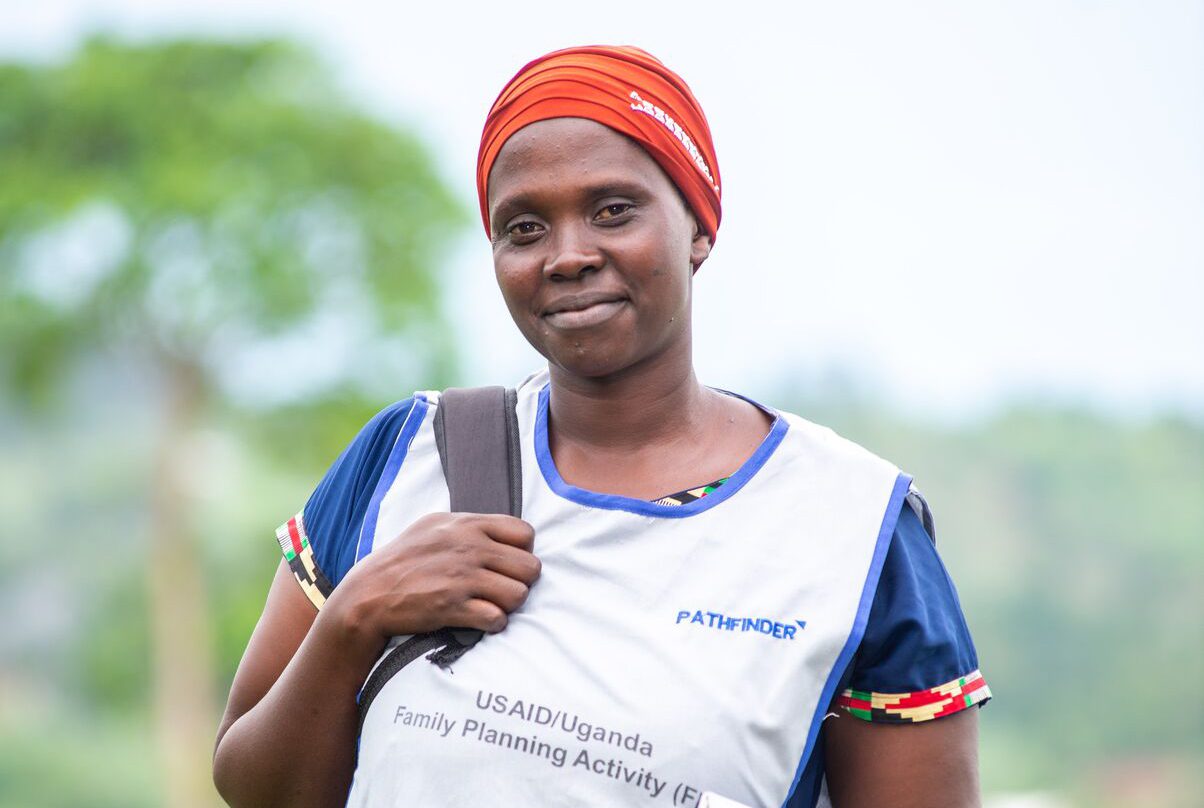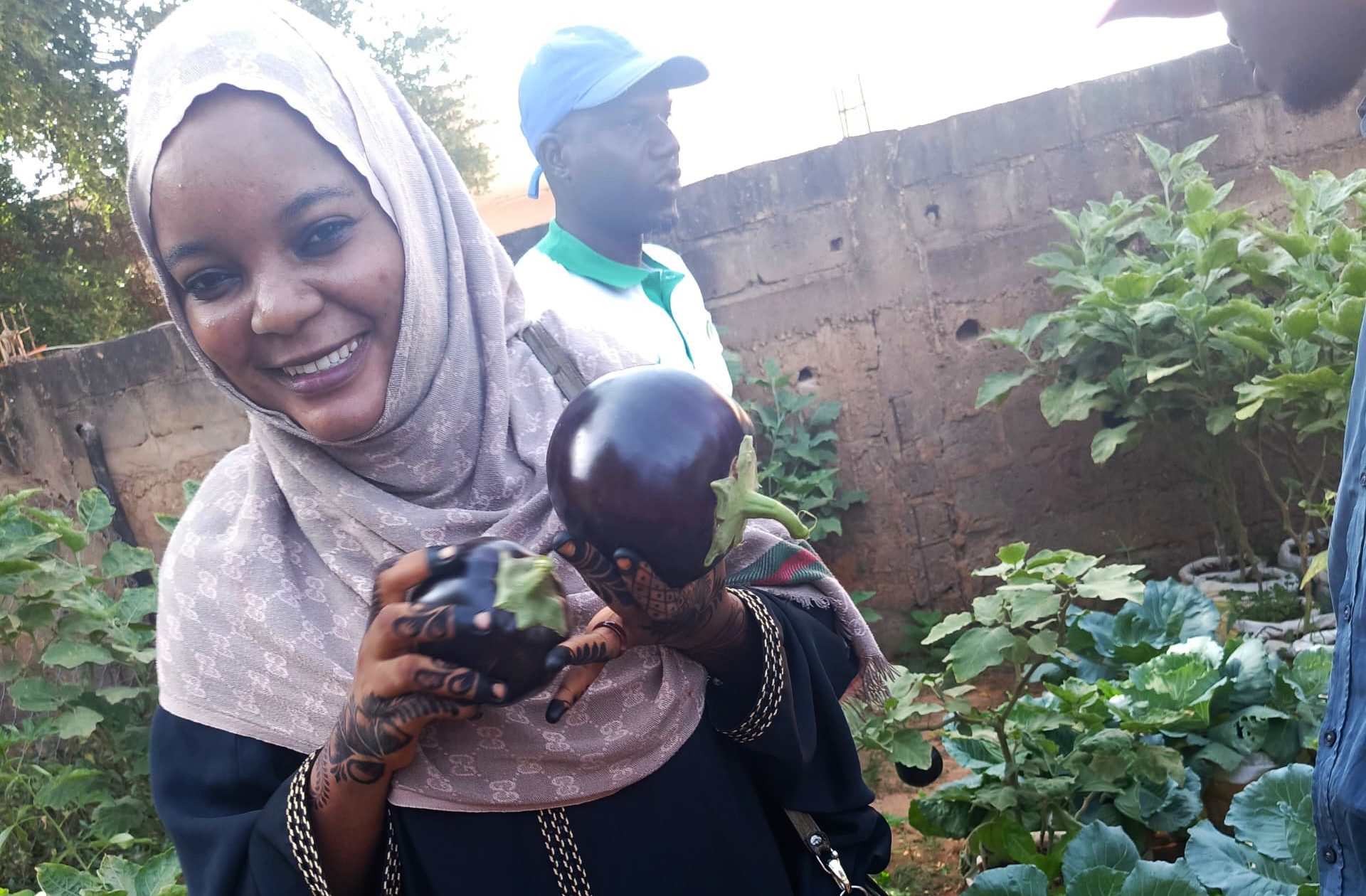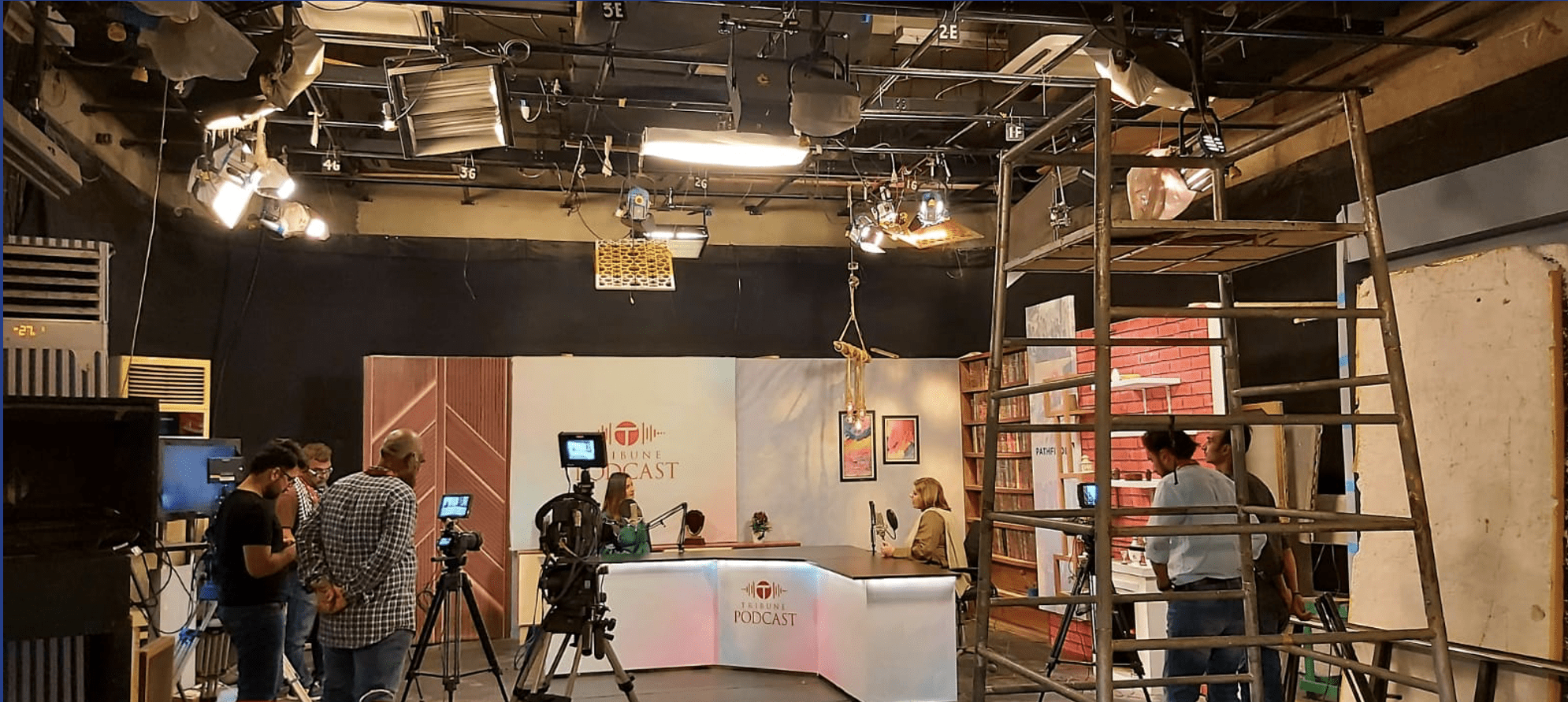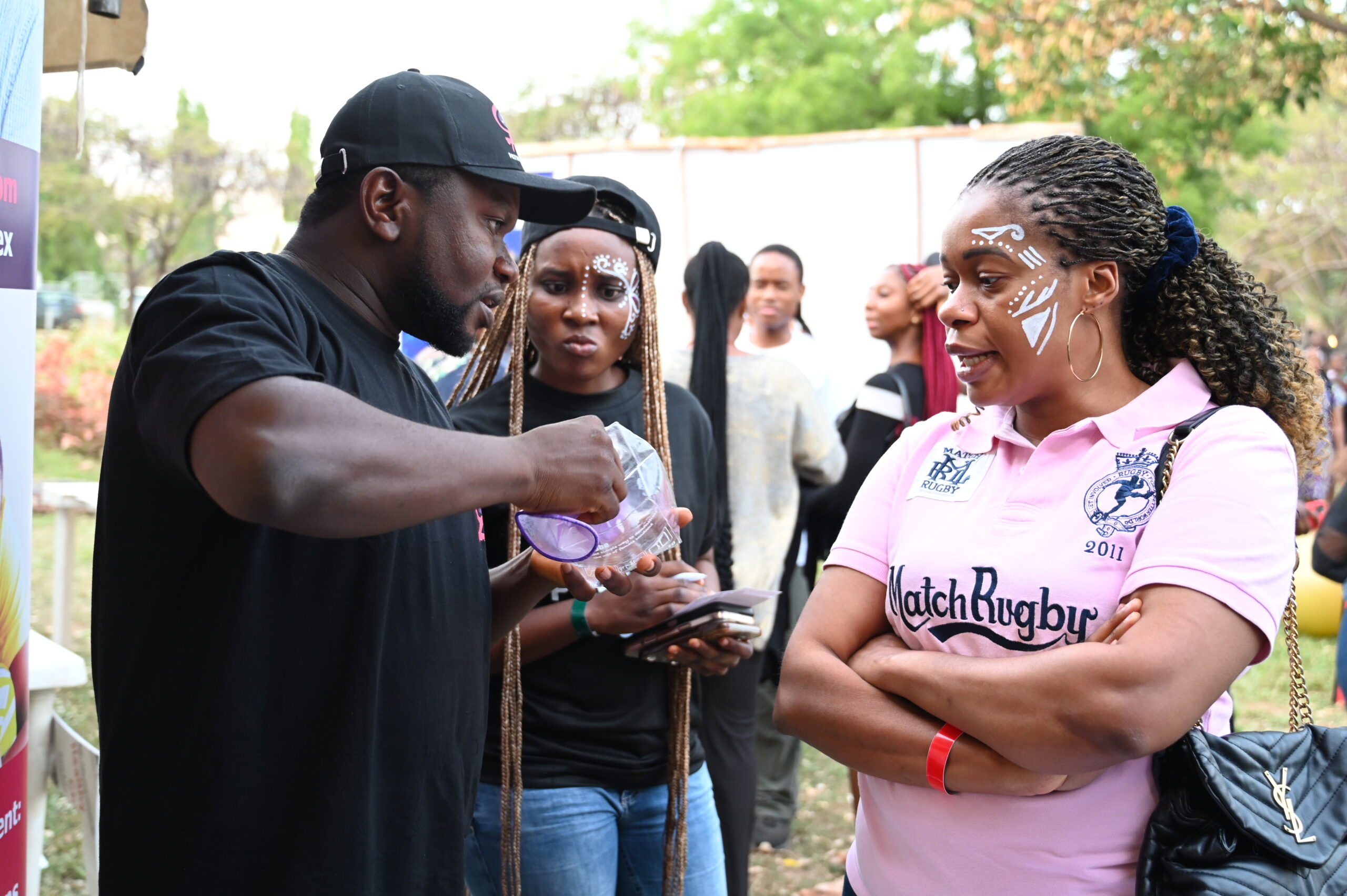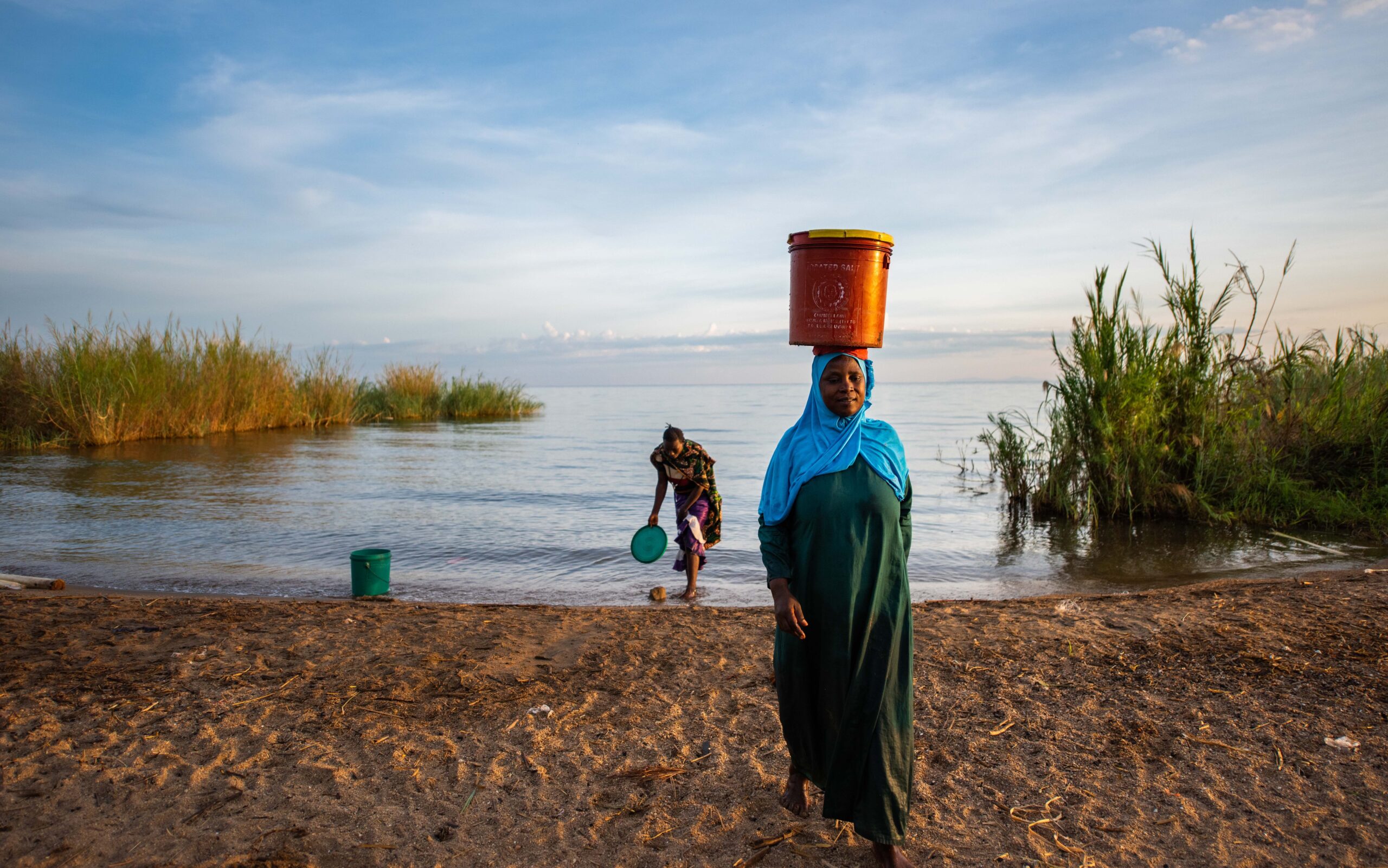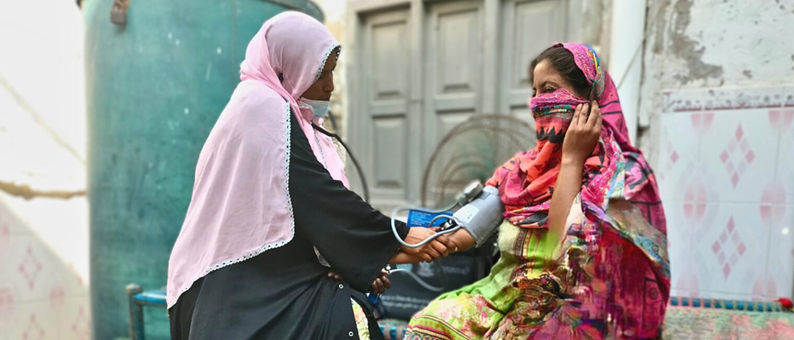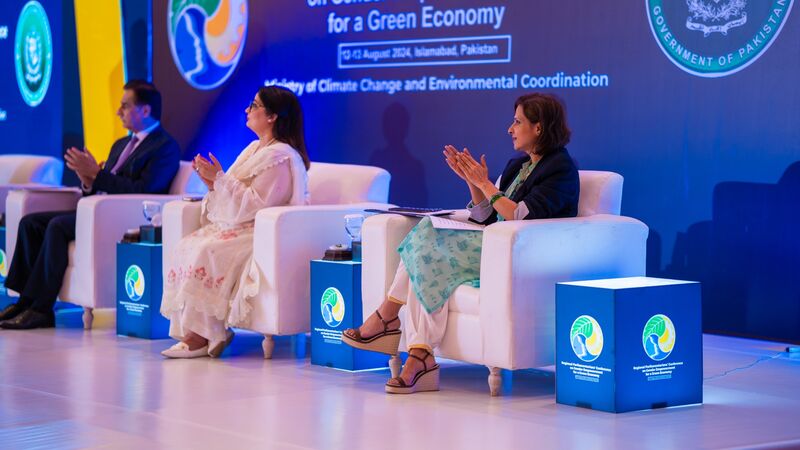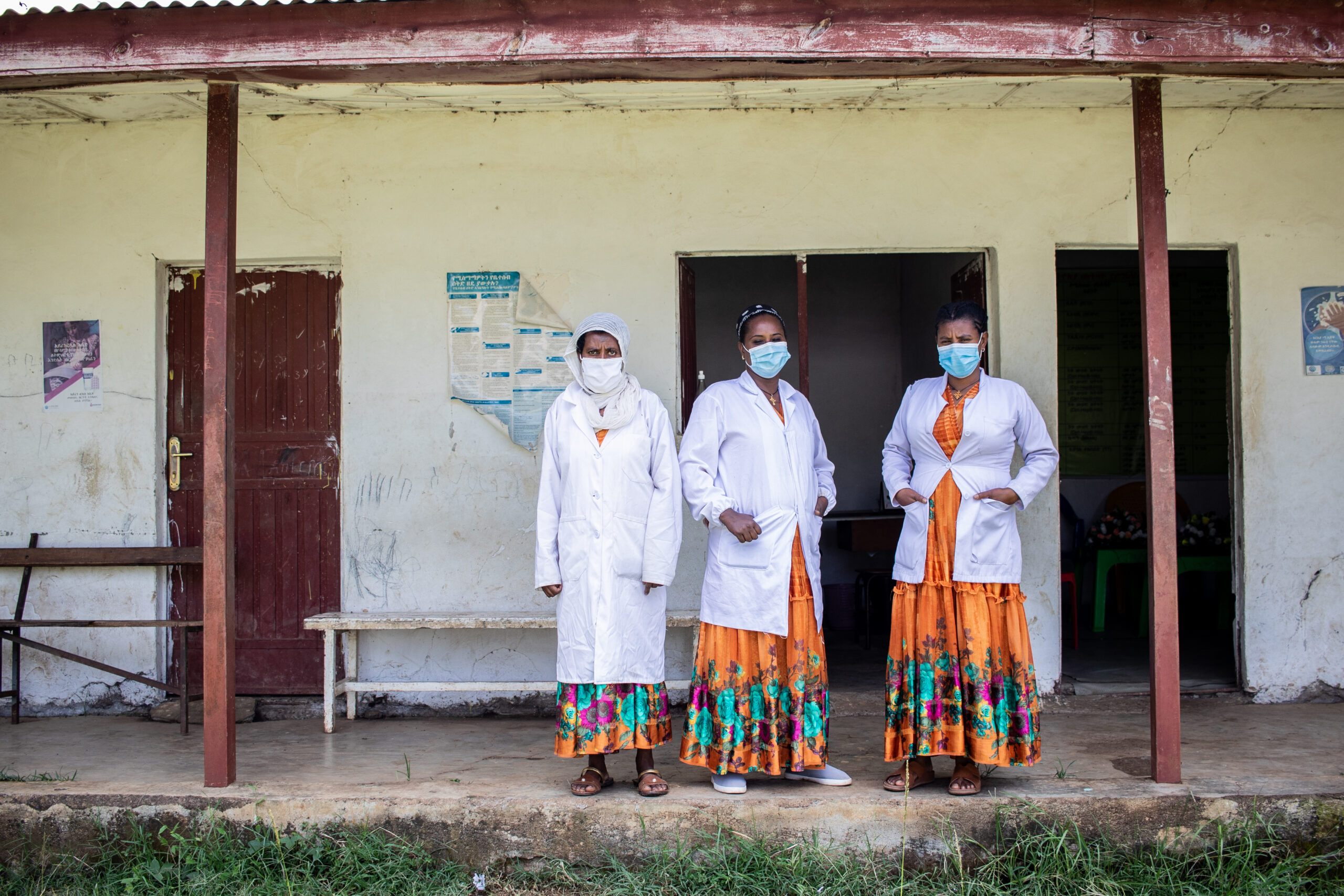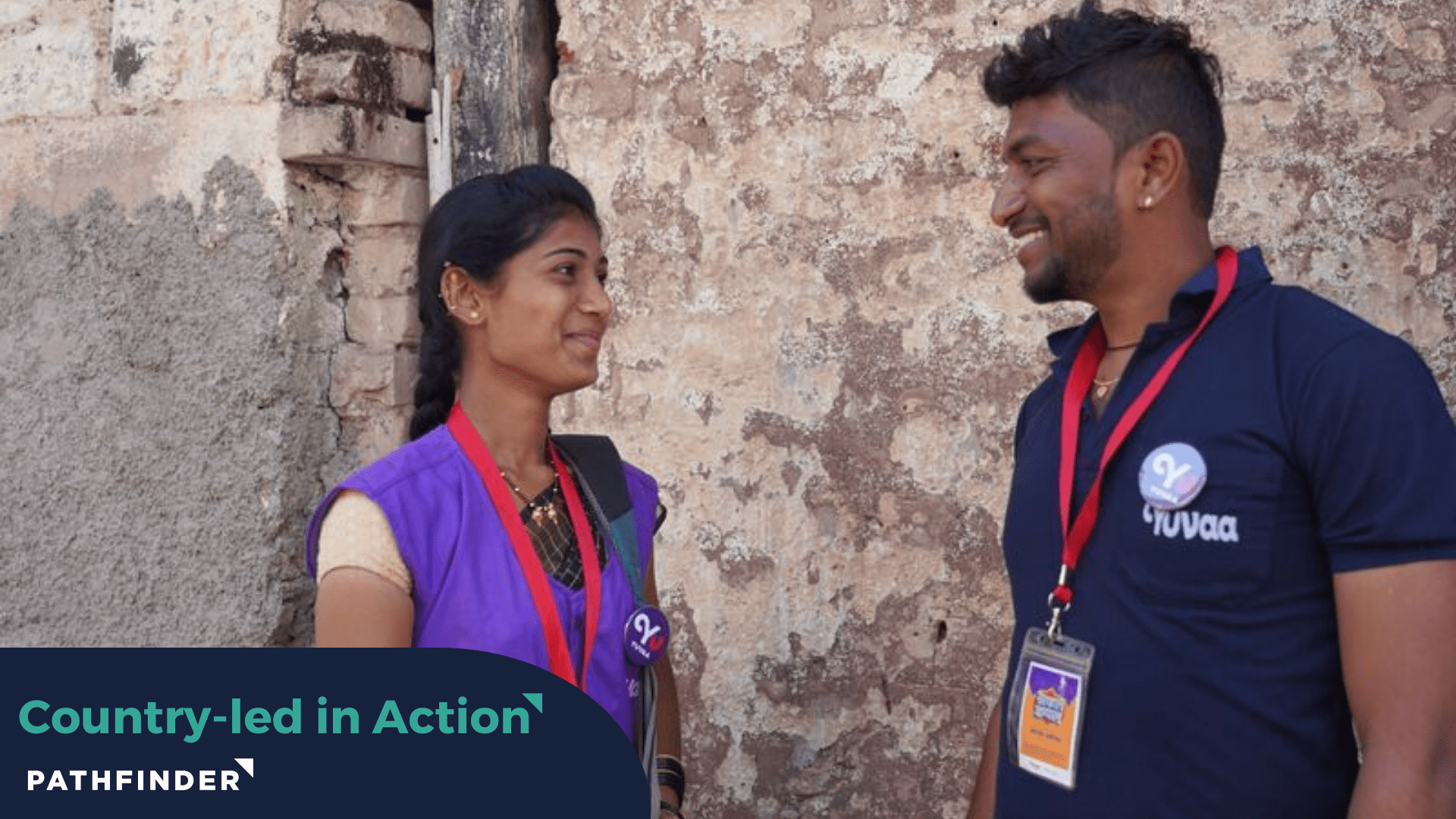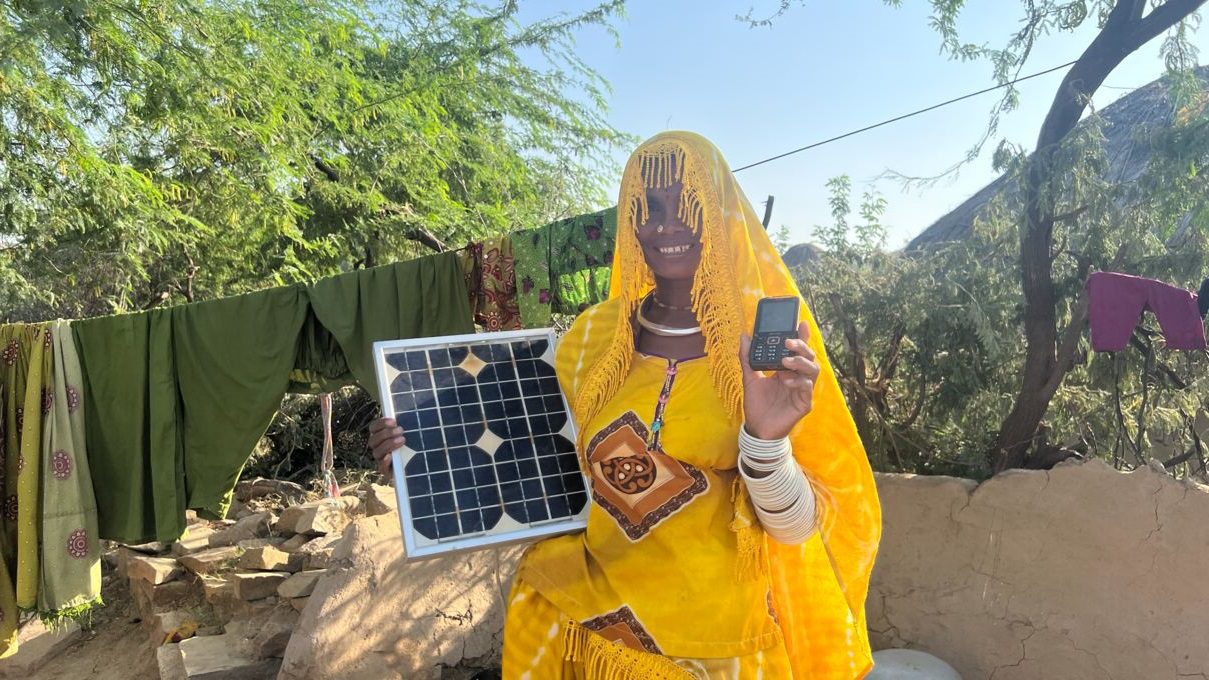Communities in and around the Lake Victoria Basin experience a number of interconnected challenges, including dependence on diminishing natural resources, pervasive poverty, food insecurity, poor sexual and reproductive health outcomes, and inaccessible health services. At the same time, the ecosystem itself faces substantial degradation. To address these intertwined challenges and foster healthy, engaged communities, Pathfinder International is currently advancing an integrated population, health, and environment initiative called Health of People and Environment—Lake Victoria Basin (HoPE–LVB), in partnership with several environmental and health sector partners in Uganda, Kenya, and the US.1 Funded primarily by the David and Lucile Packard Foundation, and the John D. and Catherine T. MacArthur Foundation, with technical support from the USAID-funded Evidence to Action project, the HoPE-LVB project is implemented in a combination of island, lakeshore, and inland sites in Uganda and Kenya.
Applying ExpandNet’s systematic scaling-up approach of “beginning with the end in mind,” advocacy has been an important component for the HoPE-LVB project to ensure successful institutionalization and expansion, and for fostering innovative policies and guideline changes to accommodate integrated multi-sectoral programming in a predominantly vertically organized system. HoPE has been unique from prior PHE projects around the world, which did not necessarily have this explicit focus. HoPE set out not only to ensure sustainable capacity would remain in the communities it served, but also to ensure that its advocacy efforts would yield supportive changes all the way up to the national and even regional East Africa levels. This brief discusses the project’s experience with advocacy, and offers lessons for other implementers on how to lay the groundwork to sustain integrated PHE projects at the sub-national level.
